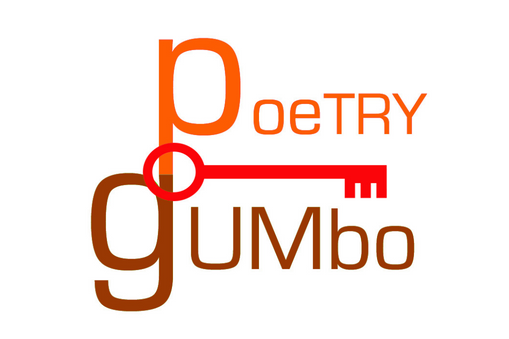"Poetry is language at its most distilled and most powerful" ~Rita Dove
Trivia: Rap comes from Rhythm And Prose or Rhythm And Poetry (depending on who you ask)! So for those "spittas" who believe that you cannot understand poetry, if you understand rap, you can understand poetry. #noexcuses
